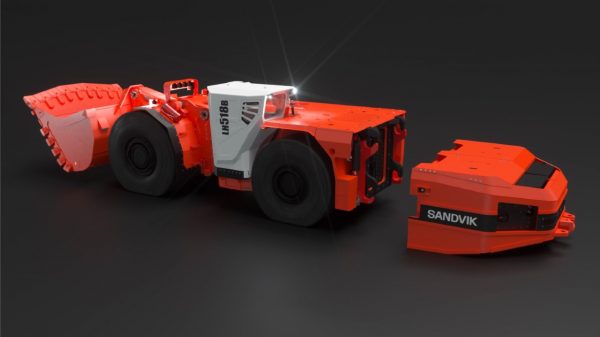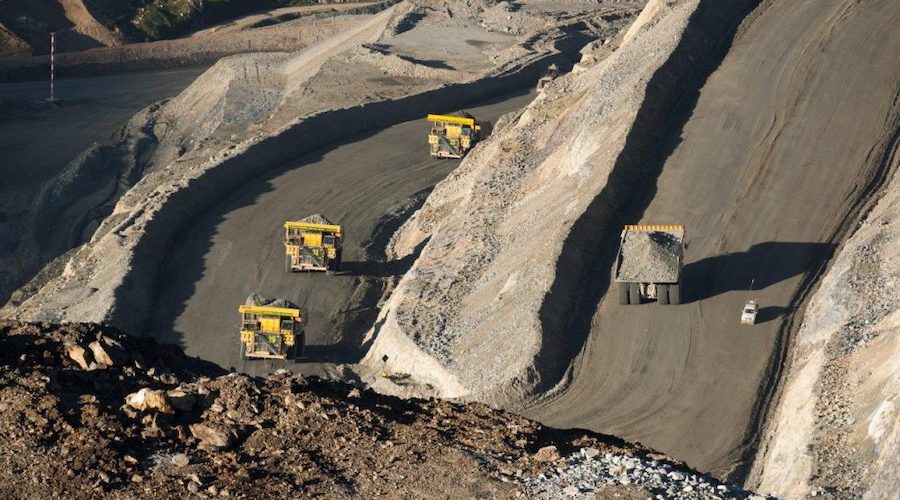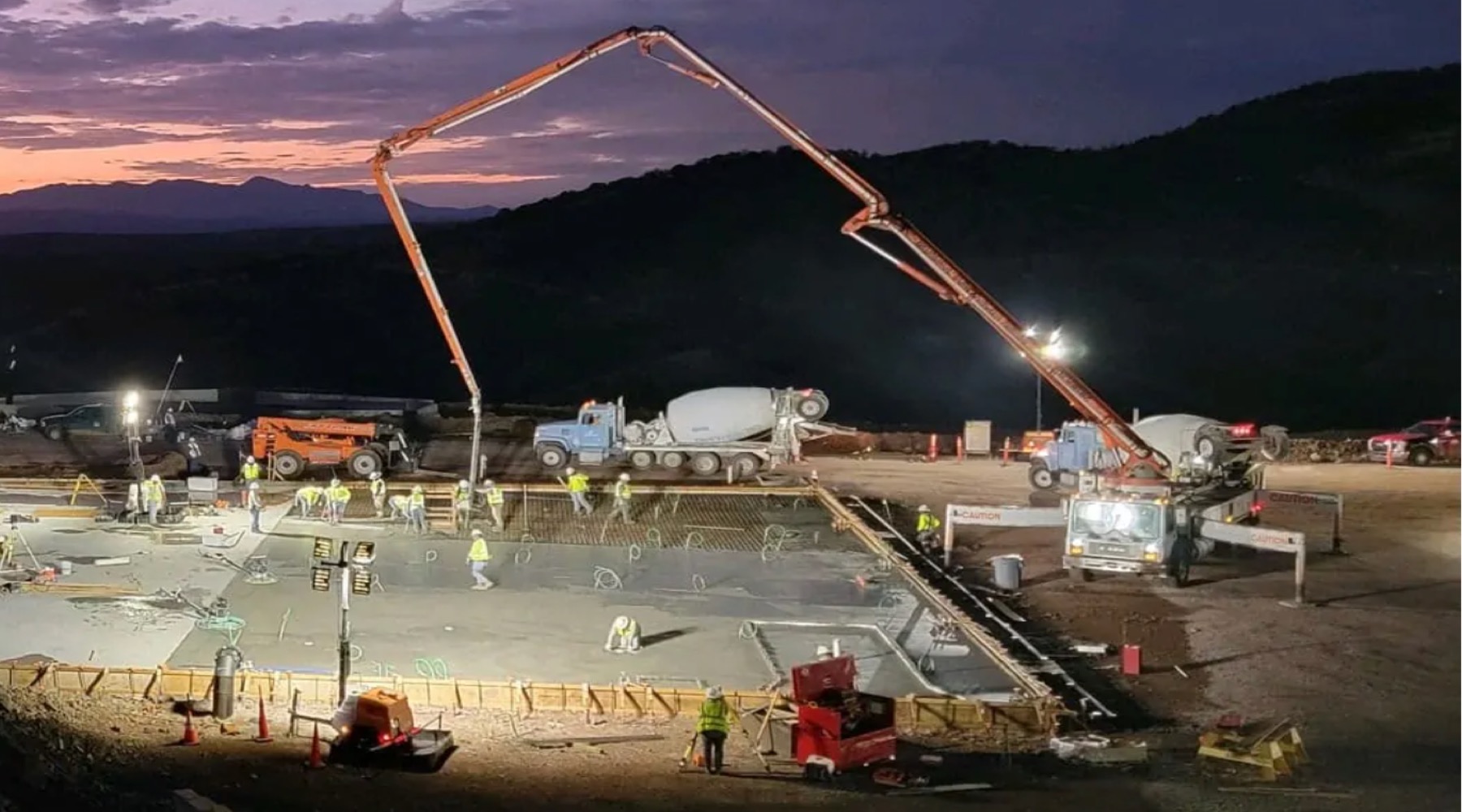Northern College, Sandvik sign MOU for BEV training program

Global engineering group Sandvik has signed a memorandum of understanding (MOU) with Northern College, a post-secondary apprenticeship and industry training provider, to work collaboratively to develop a Northern College Battery Electric Vehicle (BEV) Technician program. The two parties will also aim to enhance existing battery technician training modules to educate service technicians and support the growing requirement for specialized BEV technicians in the mining industry. Sandvik has partnered with Northern College to offer this training program for service technicians to prepare them for employment in this field.
Battery-electric vehicles are increasing in popularity in the Canadian mining industry due to the improvements they offer in operating environments, maintenance costs, efficiency and productivity. Specialized BEV technicians are required to support the growing fleet of battery-electric vehicles in Canada.
“It’s important to be aware of the fact that the technology powering battery-electric vehicles is considerably different than that of diesel machines,” Audrey Penner, President and CEO of Northern College, said in a release. “Servicing and maintaining these fleets requires a different skillset than what is required for a diesel-powered fleet because BEVs have fewer mechanical components and more electrical components. For that reason, the Canadian mining industry requires a new generation of service technicians who are trained in servicing electrically powered machinery and Northern College is responding to that call for talent and training,” Penner added.
Northern College and the Haileybury School of Mines will develop a program with Sandvik and their partners to educate participants in BEV technology. Sandvik will serve as a subject matter expert on the topic of BEVs in a mining application to ensure that program graduates are educated in areas that are relevant for the mining industry.
“This program is really a win-win for a cleaner industry while also supporting resource development in the communities close to the mines using BEV technology,” added Peter Corcoran, VP Canada with Sandvik Mining and Rock Technology.
“We are investing in educating this next generation of service specialists because we forecast an increase in demand for technicians in the BEV field as more operations transition to low-emissions equipment. We also want to invest in the local talent pool as the benefits of hiring locally and developing sustainable capacity in the community cannot be understated,” Corcoran said. “This partnership addresses both of those areas.”
One industry proponent of BEVs in mining is Kirkland Lake Gold.
“Using BEV(s) at our Macassa Mine benefits us in a number of ways, including significantly lowering greenhouse gas emissions, improving working conditions and reducing capital requirements for ventilation” added Evan Pelletier, Kirkland Lake Gold’s VP of mining.
Pelletier explained that Kirkland Lake Gold was among the first to bring electrification to the mining industry, and the company has seen significant improvements in BEV technology in a relatively short time. Based on Kirkland Lake’s experience, Pelletier believes that the participation of both Original Equipment Manufacturers (OEMs) and mining companies in the development of a technician training program will be an important contributor to the program’s success.
“Working with colleges will help Kirkland Lake Gold further develop our technicians in this field,” Pelletier explained. “The program will not only develop new technicians, it will help to establish BEV standards in the industry that will lead the way for future advancements.”
(This article first appeared in the Canadian Mining Journal)
More News
PDAC JV video: Laos tax breaks boost mining investment, Laos Shenker exec says
The company processes 200,000 tonnes of ore per year using its energy and cost-cutting technology.
March 21, 2025 | 02:47 pm
Peru copper output up 7% in January
Production climbed to 216,650 metric tons, largely due to higher output from MMG Las Bambas mine.
March 21, 2025 | 01:58 pm
University of Arizona mining innovation engine aims to build skilled domestic workforce
Arizona’s Sustainable Mining Innovation Engine proposal would secure up to $160 million over 10 years.
March 21, 2025 | 12:56 pm
{{ commodity.name }}
{{ post.title }}
{{ post.excerpt }}
{{ post.date }}




Comments